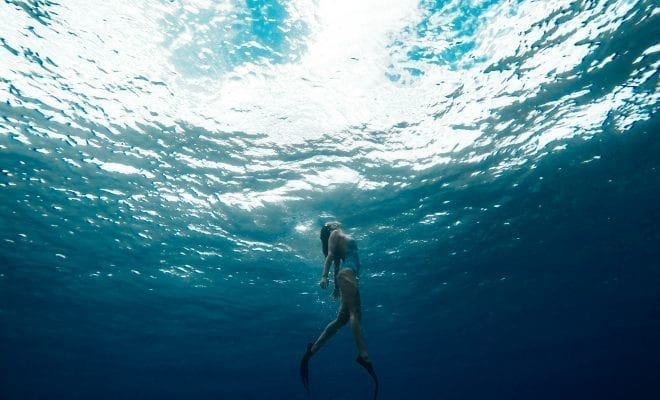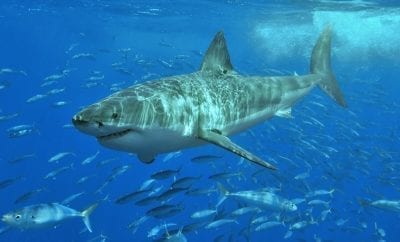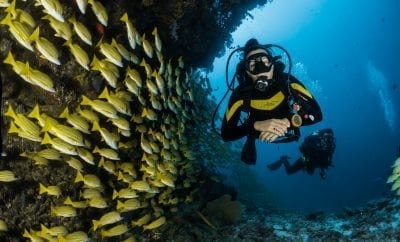
Lifestyle
The Unexplored Deep Ocean
We have become so fixated on pursuing our aspirations of exploring the cosmos, that another mystery much closer to us has fallen to the wayside: the ocean. A region covering 70% of the Earth’s surface, the ocean is as vast as it is mysterious. While we have a firm understanding of shallower parts of the sea, there is much we have yet to learn about it. Nearly 99% of the ocean floor has yet to be fully explored, and the things we have already found are so strange, they might as well have been from another planet.
The most apparent obstacle that has stopped us from exploring the deep ocean is actually reaching such depths. The highest point on Earth is atop Mount Everest, coming in an astounding 29,029 ft above sea level. A tremendous height no doubt, but get this: if you dipped Mount Everest into the ocean, its peak wouldn’t even hit the bottom. In fact, it would take another 6000+ feet before ever reaching the deepest point of the sea floor, the Mariana Trench.
The Mariana Trench measures in at 35,814 ft below sea level. At depths like this, the atmospheric pressure is so immense that the only way for humans to reach them would be in pressurized diving vessels capable of withstanding such pressure. To put this into perspective, an unassisted diver without any special equipment can make it to about 150 feet below sea level before experiencing lethal levels of pressure.
At such depths, you’d think that the deep ocean is black void absent of any life, but quite the contrary is true. The deep ocean is home to a burgeoning ecosystem filled with bizarre marine life, unlike anything you’ve seen before. According to scientists, the deep ocean begins at 6,000 ft, as you continue to go deeper, the stranger life down there gets. At 6,000 ft, you’ll find the dragonfish, a nightmarish elongated eel-like fish with over-sized teeth and bioluminescent body parts. At 10,000 ft, you can find the sperm whale, the deepest diving mammal. If you can brave that, at 15,000 ft you’ll enter the home of the dreadful looking fangtooth fish. In between, there are a variety of bizarre looking jellyfish, octopus, crab, and other unique life forms specifically adapted to life in the cold, pitch black ecosystem of the deep ocean.
As technology has progressed, we are granted with more options to continue our exploration of the great deep ocean. There have been many human operated vehicle (HOVs) explorations, with film director and oceanographer James Cameron making the first solo submarine dive to Challenger Deep, the deepest known area of the Mariana Trench. An impressive feat, but one that poses a number of risks for the safety of any human.
Thankfully, remotely operated vehicles (ROVs) and autonomous underwater vehicles (AUVs)are becoming a viable option to safely explore the deep ocean without risking any lives. In 2009, the Nereus, a hybrid vehicle combining the best aspects of ROVs and AUVs, reached the Mariana Trench, reaching nearly 7 miles below the surface. In 50 years, we have made great strides in uncovering the mysteries of the deep ocean, but there is much more we have yet to discover. From what we’ve seen so far, it seems like the rest of our journey to explore the deep blue is shaping up to be quite the adventure.





0 comments